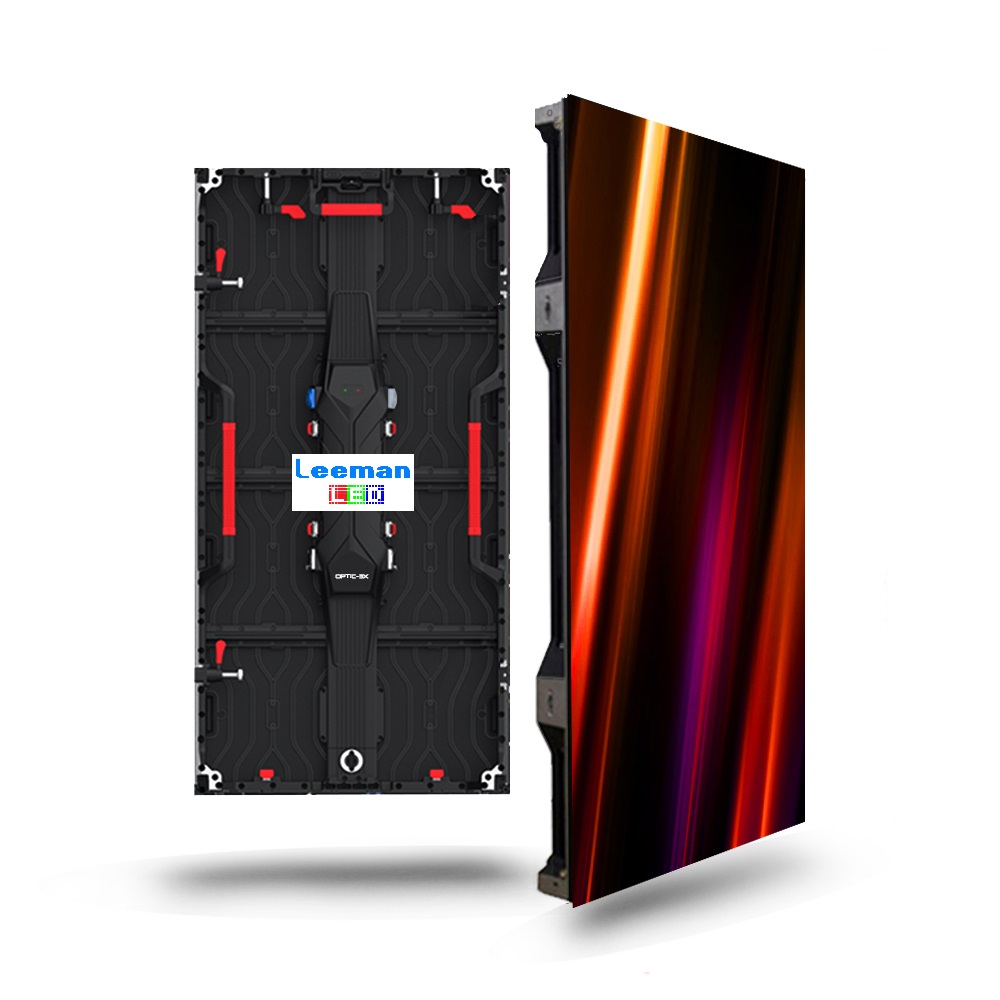Enhancing Visual Impact Via Tactical Content Scheduling in LED Display Performance
Wiki Article
Enhancing aesthetic effect during LED wall performances requires careful planning plus tactical visual timing. LED screens represent powerful tools for visual storytelling, often used during concerts, events, and presentations. The effectiveness of these displays depends not only on the quality of the images yet additionally upon the manner plus timing they are shown. By understanding the audience's attention duration plus the rhythm of the occasion, event planners can craft a more captivating experience that captivates viewers and enhances the overall performance.
One crucial aspect of tactical visual timing is scheduling. It is vital to synchronize the images with the rhythm and tempo of the performance. For instance, during a musical performance, images should enhance the rhythm and atmosphere of the melody. This alignment aids to forge a unified encounter that draws the audience in. Additionally, it is important to consider the duration of each visual segment. Brief, impactful clips can maintain audience interest, while longer visuals may be suitable for moments of contemplation or sentimental bonding. By altering the length and intensity of the images, organizers can keep the viewers engaged throughout the show.

Another important element is the content itself. The images displayed on the LED wall should be relevant to the concept of the show. This relevance helps to strengthen the narrative being communicated and makes the experience more memorable for the viewers. For example, if the show is about ecological consciousness, using images that illustrate nature and wildlife can enhance the message. Furthermore, incorporating dynamic elements, such as motion graphics or engaging visuals, can add excitement and keep the viewers' attention. The right content, presented at the right time, can considerably enhance the effect of the performance.
Audience engagement is also a key factor in visual timing. Comprehending the demographics and preferences of the audience can guide the selection of visuals. For example, a youthful crowd may react better to bright hues and quick motion graphics, while an older audience might appreciate more nuanced and sophisticated visuals. By tailoring the content to the audience's interests, organizers can create a more tailored encounter that connects with spectators. Additionally, adding viewer involvement, such as live surveys or media interactions, can further enhance engagement and make the performance more interactive.
Finally, evaluating the effectiveness of the content scheduling is essential for future performances. straight from the source Collecting responses from the viewers can provide valuable insights into what worked well and what could be improved. This information can help event planners refine their strategies and make informed decisions for upcoming events. By constantly assessing and adapting the content scheduling approach, organizers can maximize the visual effect of light-emitting diode screen shows plus create unforgettable experiences for their viewers.